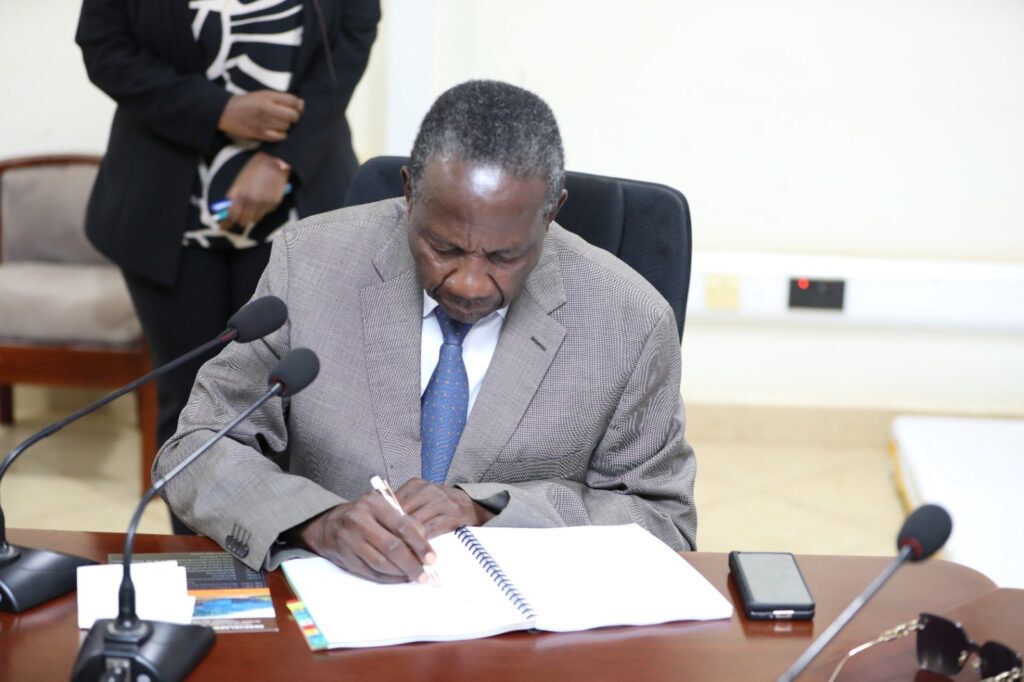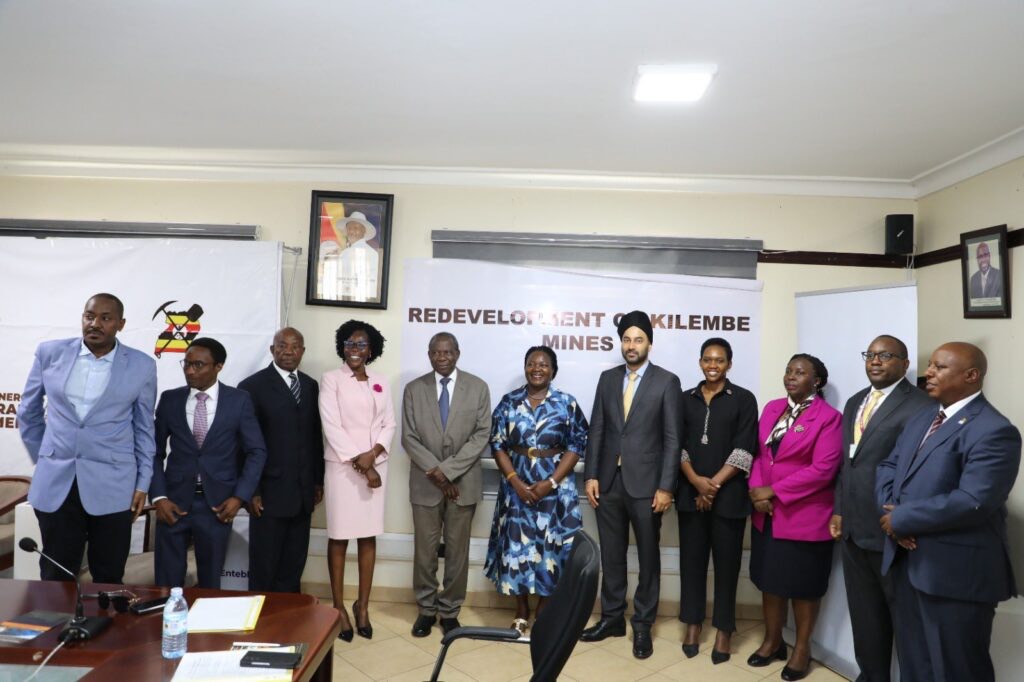The Ugandan government has officially handed over Kilembe Mines to Sarrai Group Limited, an Arab investment company, marking the beginning of a long-awaited effort to revive mining operations in the Rwenzori region. This handover was formalized through the first-ever Mineral Production Sharing Agreement (MPSA) for the redevelopment of Kilembe Mines.
The deal was finalized following a rigorous evaluation process involving 14 competing firms, with Sarrai Group Limited and Nile Fiberboard Limited emerging as the winning bidders. This strategic partnership will focus on the production of copper cathodes and cobalt metal, two minerals that are critical to the global transition to clean energy technologies.
Kilembe Mines lies at the foothills of the Rwenzori Mountains, near the border with the Democratic Republic of the Congo (DRC). This location is particularly significant due to its rich mineral deposits, with estimated reserves exceeding 4 million tonnes of copper ore and an undetermined quantity of cobalt.
Despite the mine’s proximity to the DRC — a region historically under Belgian colonial rule — the evidence points to British colonial oversight in Uganda. This is consistent with Uganda’s status as a British protectorate until 1962, distinguishing the mine’s development from the Belgian influence across the border.

The development of Kilembe Mines began in July 1950, driven by two Canadian mining companies, Frosbisher Limited and Ventures Limited. Together, they formed a joint venture known as Kilembe Mines Limited (KML), laying the foundation for the extraction and exploitation of the site’s valuable copper and cobalt resources.
At its peak production, the mines supplied significant quantities of copper and cobalt, which were essential for domestic industrial use and export markets. Copper was widely used in manufacturing, while cobalt—a key component in batteries and electronic materials—remained highly valued globally.
However, production began to decline in the 1980s due to poor management, low commodity prices, and aging infrastructure. Political instability in the late 1970s and early 1980s further disrupted operations, and by the 1990s, large-scale mining had ceased, leaving many assets dormant.
Speaking at the signing ceremony, Ruth Nankabirwa Ssentamu, Uganda’s Minister of Energy and Mineral Development, expressed optimism about the project’s transformative potential.
“This flagship project will produce copper cathodes and cobalt metals, critical for the transition to clean energy technologies, and drive Uganda’s industrialization, creating jobs and supporting local mining operations,” she said.
Nankabirwa also commended the winning partners, Sarrai Group and Nile Fiberboard Limited, for their commitment and vision in bringing Kilembe Mines back to life.
In recent years, there has been growing interest in revitalizing Kilembe Mines as part of Uganda’s broader strategy to harness its mineral wealth and drive industrialization. The increasing global demand for copper and cobalt, particularly for clean energy technologies like electric vehicle batteries, has renewed hopes for the mine’s full-scale revival.
With the signing of this landmark MPSA, Uganda is poised to unlock the full potential of the Kilembe Mines, paving the way for growth, innovation, and a more sustainable future. This bold step forward not only reaffirms Uganda’s commitment to industrial development but also positions the country as a key player in the global push toward clean energy solutions.
The redevelopment of Kilembe Mines is expected to create thousands of jobs, boost the local economy, and provide opportunities for Ugandans in the mining and industrial sectors. The copper and cobalt produced will play a crucial role in supporting global industries transitioning to cleaner energy solutions, such as electric vehicles and renewable energy technologies.


